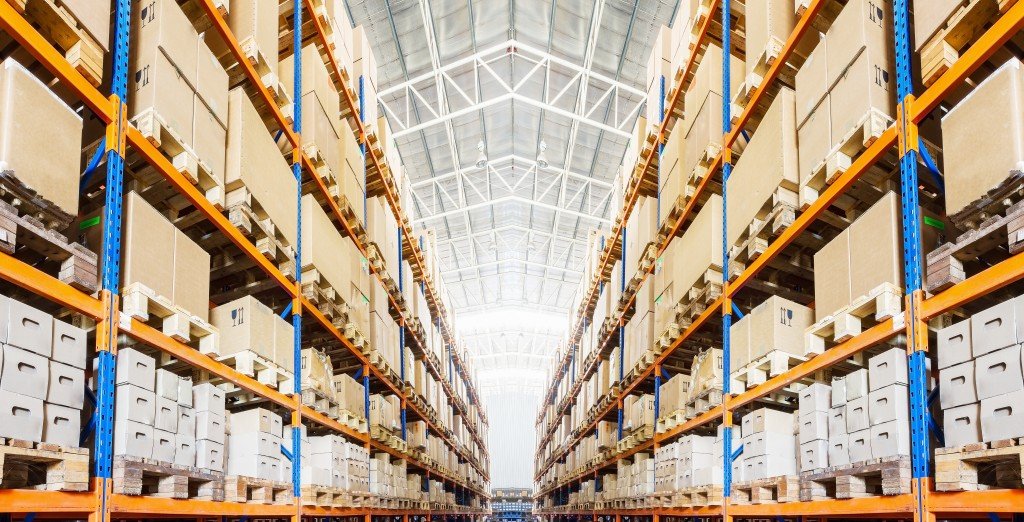Aside from optimising for customer satisfaction, warehouse managers must also find ways to save on energy costs. Minimised air infiltration, adequate insulation, and better lighting are often the top energy-saving opportunities in warehouse operations. That’s according to a published online fact sheet by the Supply Chain & Logistics Association of Australia.
With these three areas in mind, what are some ways you can go about improving warehouse energy efficiency?
1. Mind the hinge gap
Examine your warehouse’s loading docks and entrances. You might find that there are hinge gaps in these areas. If left as is, these hinge gaps will allow air to escape and cause air conditioners to work even harder to maintain indoor temperature. It might seem like a small issue at first glance, but this would not bode well for your facility’s monthly electricity bills.
One effective solution is to use foam compression dock seals. These devices rest against the dock bumpers and form a seal around the three sides of the loading dock. Dock seals fit several trailer styles and specifications without compromising loading and unloading efficiency. If budget permits, you can go with higher-end dock shelters, which can accommodate larger dock openings and are generally more durable.
2. Install top-quality door systems
There’s also a good chance of energy loss when door systems allow hot and cool air to mix too often. Door cycle time, or open-and-close time, is a crucial factor that can influence energy efficiency in your facility. Compared to hinge gaps, a loading dock door with low cycle time can allow even more conditioned air to leave the facility.
With high speed and efficient rapid rolling doors, you don’t have to worry about air infiltration and temperature regulation as much. These rapid door systems have high cycle times and can move up to 100 inches per second. You’ll find many of these roll doors can withstand accidental impact from forklifts and other equipment, helping your facility avoid unscheduled downtimes and additional energy loss from damaged or punctured doors.
3. Upgrade lighting fixtures

Sodium or halide fixtures have been around for a long time, and many warehouses still use them due to relatively low purchase costs. However, in the long run, these lights can be challenging to maintain, and they gobble up a lot of energy. Aside from power consumption considerations, these types of fixtures may not illuminate an area as brightly as you’d prefer.
Installing LED fluorescent lighting is a suitable solution for better lighting. These LED fixtures emit more light while being energy-efficient. Most LEDs have a lifespan of up to 50,000 hours, which is 50 times more than incandescent lighting and over 20 times more than halogen lighting.
Additionally, you can take advantage of daylight to reduce reliance on lighting fixtures. Strategically positioned skylights in the north- and south-facing walls will help ensure sufficient lighting in the facility.
Long term investments that pay off
While it may be appealing to resort to quick wins with small upfront costs, these band-aid solutions often lead to higher cumulative operational costs in the long term. Many energy-efficient improvements may require a modest or sizable investment initially, but it’s important to think far into the future. These improvements will pay off soon, and you’ll see the direct results in your margins.

